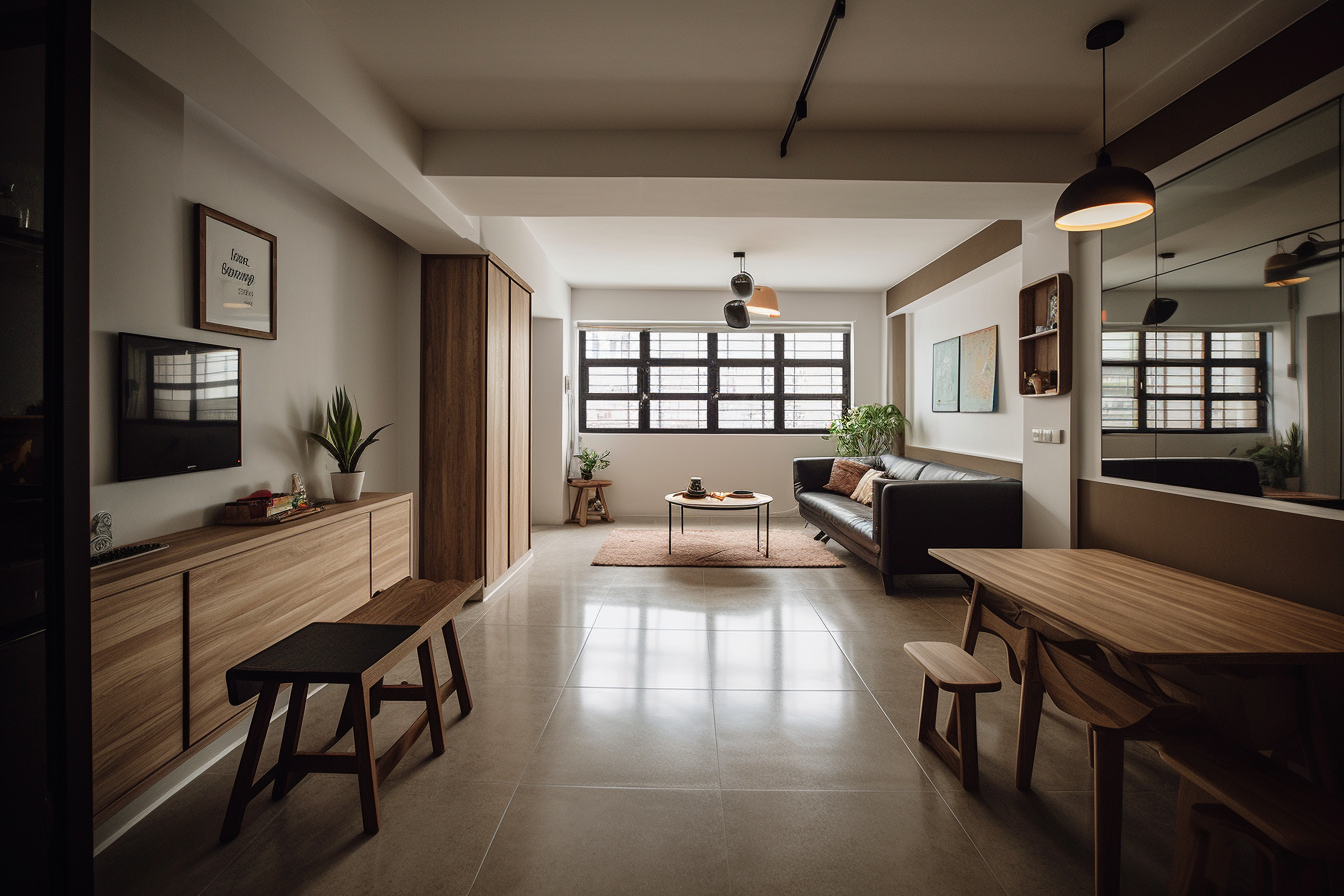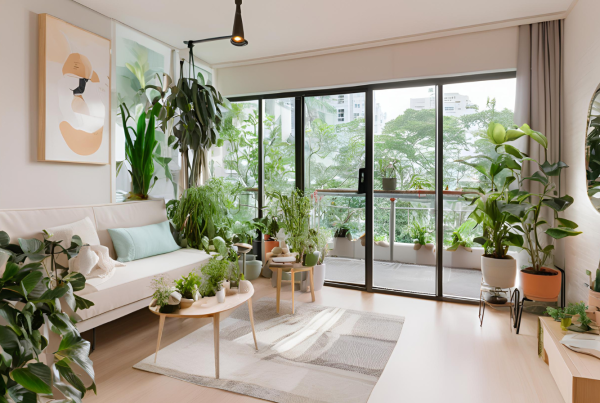When it comes to interior design, there are some key principles and elements that every pro needs to keep in mind to make a room look great and work well. Understanding these concepts will help you create a functional and stylish space.
As professional interior designers in Singapore, we take a unique approach to design. We know that functionality and aesthetics are equally important, so we strive to make spaces that are both practical and beautiful. We pay attention to every detail, from the colors to the furniture layout.
Our goal is to create interiors that reflect our client’s personal style and meet their specific needs. We take the time to get to know our clients and understand their vision for their homes. Then, we use our expertise to bring that vision to life.
So, what are the principles of interior design? Well, there are seven main principles: balance, harmony, rhythm, proportion and scale, emphasis, contrast, and details. These concepts can be applied to any room in your home, whether it’s your living room or your bathroom.
1. Balance
Balance in design revolves around achieving a state of equilibrium. It entails evenly distributing furniture and decorative elements to ensure that they carry equal visual weight within a room. There are three distinct types of balance to consider: formal (symmetrical), informal (asymmetrical), and radial, each contributing a unique aesthetic and ambiance to the space.
2. Unity and Harmony
Unity and Harmony are foundational principles in interior design. Unity underscores the importance of every element in your space working together harmoniously to form a cohesive and unified whole. Harmony, on the other hand, is all about the art of coordinating objects and colors to convey a sense of integrated design. When these principles are thoughtfully applied, they transform your space into a warm and inviting environment, where everything feels seamlessly connected and well put together.
3. Rhythm
Rhythm, a concept akin to the musical world, is also a vital component of interior design. Just as music carries a rhythmic pattern, so does the visual arrangement within a space. In interior design, rhythm is crafted through the skillful repetition of forms, shapes, or patterns. This clever repetition acts as a guide, directing the viewer’s attention and facilitating a natural flow throughout the room. By creating this visual rhythm, you can heighten the overall impression of the space, lending it a sense of coherence and dynamism that engages the eye and the mind.
4. Proportion and Scale
Proportion and scale serve as the invisible anchors of a well-designed room, where objects seamlessly find their place and purpose. The key lies in ensuring that every element, be it in size, shape, or color, harmonizes with both each other and the surrounding space. One invaluable tool in achieving these harmonious proportions is the Golden Ratio, a mathematical principle that enhances visual appeal by establishing perfect symmetry and relationships between objects. In essence, by mastering proportion and scale, you ensure that everything in your space feels right at home and contributes to the overall aesthetic balance.
5. Emphasis
Emphasis is the art of storytelling within your room’s design, where a carefully crafted focal point takes center stage. Whether it’s through the bold use of color, texture, or striking patterns, emphasis is about drawing the viewer’s attention and crafting a memorable narrative. A room lacking a compelling focal point often fades into the background, easily forgotten. By selecting one item to be the centerpiece, you infuse the space with character and intrigue, leaving a lasting impression that transforms your room into a captivating story waiting to be explored.
6. Contrast
In the world of interior design, contrast serves as a powerful tool for creating visual impact and distinguishing different elements within a space. It comes to life through various means, such as the interplay of color, texture, pattern, and scale. Contrast is the secret ingredient that infuses a room with vitality and helps to define its unique character. However, it’s essential to exercise caution and strike a delicate balance, as an excessive dose of contrast can overwhelm the senses and diminish the room’s overall harmony. So, remember that a touch of contrast goes a long way in making your design stand out without overwhelming the viewer.
7. Details
The devil, as they say, is in the details, and this holds true in the realm of interior design. It’s the small, meticulously thought-out elements that breathe life and uniqueness into a room. By focusing on the minutiae and incorporating personal touches, you infuse a space with your distinctive style, making it a true reflection of your personality. These details not only enhance the aesthetics but also create an atmosphere that is entirely your own, turning your living space into a canvas where your individuality can shine through. So, don’t underestimate the power of paying attention to the little things – they are what transform a room from ordinary to extraordinary.
So, as you look around your home, think about how you can apply these principles to create a more visually appealing and harmonious space. And remember, you don’t need to be a professional to add those finishing touches that make your home truly unique. It’s all about creating your personal sanctuary. You deserve the very best.
If you need help with your interior design, feel free to contact us. KWYM Interior Designs is an award-winning, full-service interior design firm with in-house carpentry in Singapore, and we’re here to help you create the perfect space for you. Thank you for reading!







